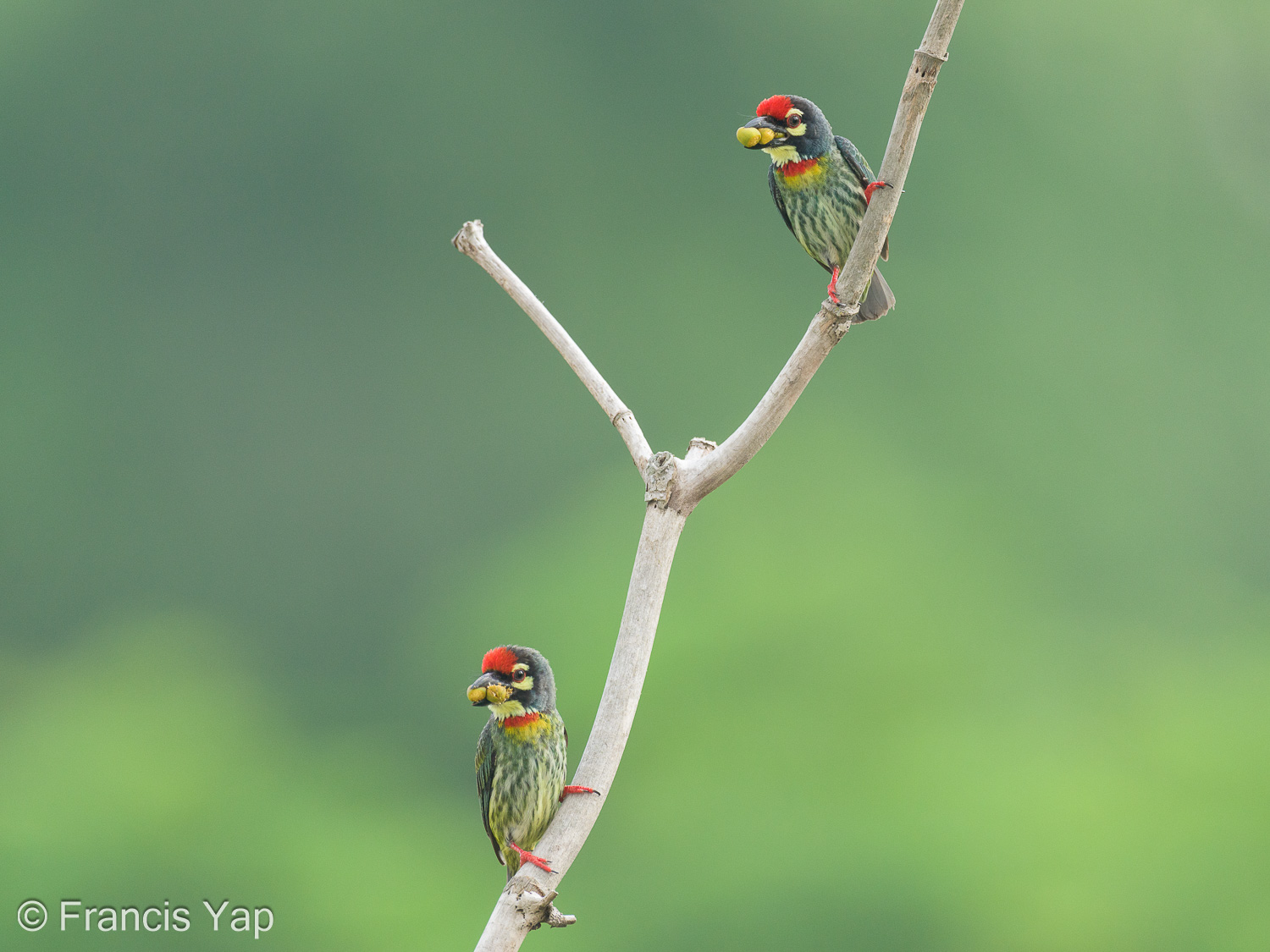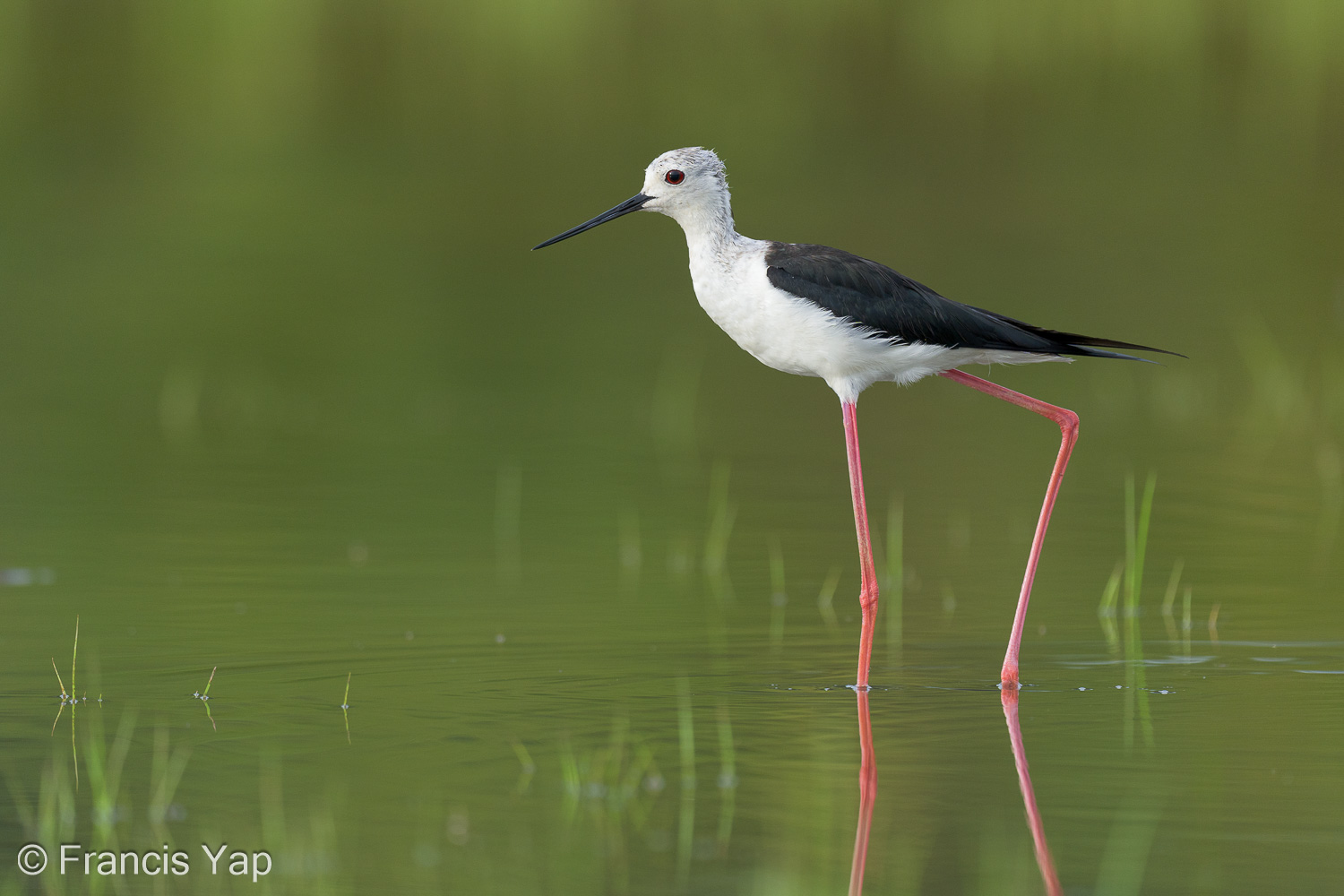Welcome to the World of Birding!
Firstly, welcome to the exciting world of birding! Birding in Singapore offers a unique experience. Despite its small size, Singapore boasts rich biodiversity, giving birders the chance to encounter an impressive variety of species. The island’s size, combined with its excellent infrastructure, makes it easy to reach birding locations anywhere quickly. The comparatively large birding community, and advanced tools for sharing bird information, further enhance the experience. Not only is it easy to find and photograph birds, but it’s also easy to connect with like-minded people in the community.
1. Choosing the Right Equipment
One of the biggest challenges for new bird photographers is deciding what gear to invest in. A camera that can shoot birds from a distance is essential, but this doesn’t mean you need the most expensive gear to start.
- Camera Options: For beginners, starting with an affordable, easy-to-use camera is wise. The Sony RX10 IV, though compact, provides excellent mobility and decent zoom (up to 600mm equivalent). It’s user-friendly and produces high-quality images in good light. For those willing to invest more, an APS-C mirrorless camera like the Canon R7, paired with the RF 200-800mm lens, offers greater versatility and range. Another option is the Sony A6700 with a 200-600mm lens. These combinations allow room for upgrades as you progress in your photography journey. Lastly if budget is a severe constraint but you still want an interchangeable lens camera system, consider buying a pre-owned Nikon D500 coupled with the Nikon AF-S FX NIKKOR 200-500mm zoom lens.
- Lens Focal Length: The lens is arguably the most important part of your bird photography kit. For distant birds, a telephoto lens with at least a 300mm focal length is the bare minimum. More focal length is always welcome, but bear in mind that longer telephoto lenses tend to be heavier and harder to carry during long walks. A focal length between 500-600mm is a good sweet spot for many wild birds.
- Tripods and Monopods: Stability is crucial, especially when using heavy telephoto lenses. A tripod can be useful when photographing birds in one location for extended periods, while a monopod is more portable and helpful for tracking birds on the move. Consider more affordable brands like Benro, Sirui and Leofoto for your first tripod/monopod. The overall weight of your camera and lens determine the optimal setup.
- Binoculars: Even if you’re primarily interested in bird photography, a good pair of binoculars, such as the Nikon MONARCH M5 8×42 series, is invaluable. Binoculars help you locate birds and study their behaviour from a distance before deciding on the perfect shot.
2. Bird Identification
After spotting or photographing a bird, how do you know what species it is? Fortunately in 2024, there are several excellent resources that can assist you.
- Merlin Bird ID App: This free app is a fantastic resource for identifying birds using photos or song recordings. It’s especially useful for beginners who may not be familiar with bird species. You can download it here.
- Online Birding Communities: Facebook groups like Bird Sightings or Telegram groups (here or here) dedicated to birdwatching are great platforms for connecting with fellow birders. These communities can assist with identification, birding tips, and local sightings. Additionally, as you know more birding friends, you may get added to private WhatsApp groups that discuss sightings in smaller, more focused settings.
- Books and Field Guides: Once you’ve identified around 80-100 birds, I recommend investing in a field guide. Before that, you can pretty much rely on the community for assistance. Once your each that number, I think it’s time to learn more comprehensively about the birds, and field guides are excellent learning material, if a bit dated with many other free online sites available for basically the same function. A good review can be found here
3. Other Resources for Birds
- eBird: eBird is your best friend when it comes to discovering rare bird sightings in Singapore, finding popular birding locations, and recording your own sightings. You can find it here.
- Birds of Singapore website: This website provides a comprehensive account of all wild bird species in Singapore. It includes photos, descriptions, and links to external resources. Visit Birds of Singapore for more information.
- Xeno-canto: A great resource for bird sound recordings. You can access it here.
4. Learning Bird Photography and Camera Settings
Technical mastery is key in bird and wildlife photography, as birds are fast-moving subjects often found in challenging lighting conditions. Here are a few tips:
- Shutter Speed: For perched birds, a speed of 1/500 sec is often enough. For birds in flight, 1/2000 sec is a good starting point and you adjust lower or higher depending on the speed and distance of the bird. Burst mode helps capture multiple frames in quick succession.
- Aperture: A wide aperture (low f-stop) like f/4 or f/5.6 helps create a shallow depth of field, blurring the background and making the bird stand out. Use the widest aperture available for most shots unless specific needs arise.
- ISO: Lower ISOs (e.g., ISO 100-400) yield better image quality with less noise. However, in low light, increase ISO to maintain a viable shutter speed. Most modern cameras handle higher ISOs well, so don’t be afraid to push it to ISO 800 or higher if needed.
- Autofocus: Continuous autofocus (AF-C or AI Servo) is recommended for moving subjects. Many cameras have subject-tracking modes that help the camera lock onto and follow a bird’s movements. If you camera comes with bird subject detection mode, use the “Wide” or “Zone” settings, but in trickier conditions, learn to quickly switch to single focus point for manual subject detection.

Coppersmith Barbet breeding pair at Ghim Moh Link. Settings: 840mm, 1/500s, f/5.6, ISO 500
5. Learning the Basics of Composition
Composition elevates your photos from snapshots to compelling images. Here are just a few tips that may help
- Backgrounds: Pay attention to the background. A clean, uncluttered background helps the bird stand out. Changing your angle slightly can make a big difference.
- Action Shots: Capture moments of movement, like birds taking off, feeding, or interacting with their environment. These moments bring life to your photos and tell a story.
- Eyes in Focus: The eye should always be sharp and in focus. The viewer naturally connects with the eyes of the bird, so having them clear and focused makes for a more engaging image.
- Use of Light: Lighting is critical to any type of photography, including bird photography. Soft, natural light (early morning or late afternoon) is ideal for bird photography as it casts a warm glow, enhances colours, and reduces harsh shadows. Also be aware of the position of the sun, as that also determine the quality of the light.
- Negative Space: This refers to the area around your subject. In bird photography, leaving a larger portion of the frame empty is often preferable than a frame filling shot. Sometimes you may want to show the environment in which the bird reside, and therefore the bird should only be a smaller part of the frame.
- Perspective and Angles: Try varying your shooting angle to change the feel of your photograph. Shoot at eye-level with the bird for a more intimate perspective, or shoot from below for a more majestic or imposing view.
6. Post-Processing Tips
Editing your photos is important, but it doesn’t have to be overwhelming. Start simple:
- Basic Edits: Programs like Photoshop, Lightroom, or Capture One are popular among photographers coming from other photographic genre, but beginners to photography can start with the software provided by your camera manufacturer. Begin with the simplest edits—cropping for better composition. Adjusting exposure, colour balance and contrast can significantly improve the final result too. Just avoid over-editing.
- RAW vs JPEG: If you’re new, shoot in JPEG, as the camera processes the images for you. As you progress, perhaps switch to RAW for more detailed, flexible editing. Please understand that for the majority of bird photographers, JPEGs are sufficient for high quality photos. It is after all a steep learning curve to learn how to process a RAW file to exceed the quality of the in-camera JPEG.

Black-winged Stilt at Tuas South. Settings: 600mm, 1/800s, f/4.0, ISO 250
7. Where to Go Birding in Singapore
The birding community you join will guide you to the best spots for birdwatching. However, if you’re just want to photograph a few birds quickly, here are a few beginner-friendly locations:
- Parks and Gardens:. Depending on where you stay, there is always a suitable birding site nearby. Try Jurong Lake Gardens if you stay in the west, Pasir Ris Park if you stay in the east and Singapore Botanic Gardens if you are looking for a more central location. Look out for garden birds like sunbirds, flowerpeckers, orioles, ioras, cuckoos, crakes, junglefowls and a whole lot more in these popular spots.
- Sungei Buloh Wetland Reserve: This location is perfect for shorebirds and migratory species, especially during migration seasons.
- Windsor Nature Park: Located next to our largest nature reserve, you’ll find more forest birds in location, including bulbuls, parrots, woodpeckers, barbets, owls and others
- Singapore’s Abandoned Quarries: Singapore Quarry and Hindhede Quarry are great places for photographing kingfishers, eagles, swiftlets, and bee-eaters.
8. Advice
- Be mindful: It’s OK to be excited about a bird you have never seen before. But look at where you are walking to avoid hazard. Look at where the rest of the bird photographers are positioned, so as not to block anyone’s views. Observe where the experienced photographers are placing themselves, because they are likely to have found a better shooting position. Don’t just simply shoot the bird at first sight unless you think it’s flying away in an instant. Observe their behaviour, understand them to anticipate what they are going to do next.
- Gear Acquisition Syndrome: As you improve, beware of the desire to constantly upgrade your gear. It’s an expensive path, so be mindful of your purchases.
- Social Media: Posting your bird photos on platforms like Facebook and Instagram can be rewarding, but it’s too easy to get caught up in the chase for likes, follows and shares. Balance your time spent online with time spent enjoying the hobby.
- Travel: Singapore’s bird species are only a small fraction of the world’s birdlife. Consider travelling to broaden your experience and deepen your appreciation of the world (and birding).
- Passion Over Clout and Profit: Pursue it for the love of the hobby and the joy it brings you. If you’re no longer enjoying it, it’s okay to explore other interests.
Lastly, don’t hesitate to seek help when needed. Every experienced birder started as a beginner, and the birding community thrives on mutual support. As you gain experience, you’ll have the chance to pay it forward by helping others. Good luck, and happy birding!
P.S. I am not affiliated to any of the equipment and brands I recommend. Please feel free to shop around for the things you like, and get the best bargain.